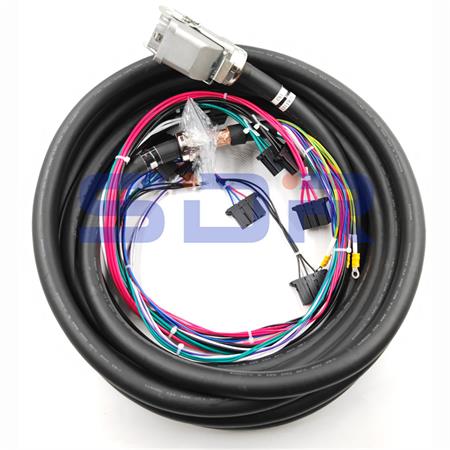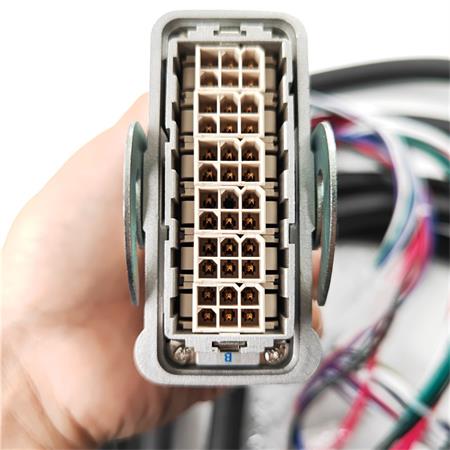In the era of automation and robotics, OTC (Over-The-Counter) robot power cords play a pivotal role in facilitating the efficient and uninterrupted functioning of robotic systems. These power cords serve as the lifeline, providing a safe and reliable power supply to OTC robots. This essay aims to explore the various aspects of OTC robot power cords, including their structure, functions, and significance within the realm of robotics.

OTC robot power cords are specialized cables designed to transmit electricity from a power source to the OTC robot. They are engineered to carry and distribute electrical energy safely, efficiently, and reliably.These power cords typically consist of conductors, insulation, shielding, and connectors, all of which contribute to their overall functionality.
The conductors used in OTC robot power cords are made of high-quality copper or aluminum, selected for their excellent conductivity. These conductors ensure optimal power transmission while minimizing energy losses. A vital component, insulation prevents electrical leakage, short circuits, and protects against accidental current contact. Common insulation materials include PVC (Polyvinyl Chloride), TPE (Thermoplastic Elastomer), or silicone rubber.OTC robot power cords often feature shielding layers, such as braided metal shields or aluminum foil, which protect against electromagnetic interference (EMI) and radio frequency interference (RFI). At either end of the power cord, connectors are fitted to facilitate secure and reliable power connections between the OTC robot and the power source.

The primary function of an OTC robot power cord is to transmit electrical power from an external power source (e.g., electrical outlet, generator) to the robotic system. OTC robot power cords incorporate various safety features, such as grounding connections, to prevent electric shocks and ensure user safety during robot operation. These power cords are built to withstand rigorous industrial environments, possessing exceptional durability, resistance to abrasion, and the capacity to handle high electrical loads. OTC robot power cords are designed to be flexible, allowing for easy maneuverability without compromising the safety and efficiency of the power supply. Power cords are engineered to be compatible with common voltage and current requirements, ensuring seamless integration and compatibility with different OTC robot models.
OTC robot power cords are essential components of robotic systems, enabling the smooth operation of OTC robots by efficiently transmitting electrical power from external sources. Their structure, components, and features are carefully designed to ensure safety, reliability, and flexibility. As advancements in robotics continue to evolve, OTC robot power cords will remain a critical element in supporting the growing automation and robotic industry, contributing to increased productivity and efficiency in various sectors.